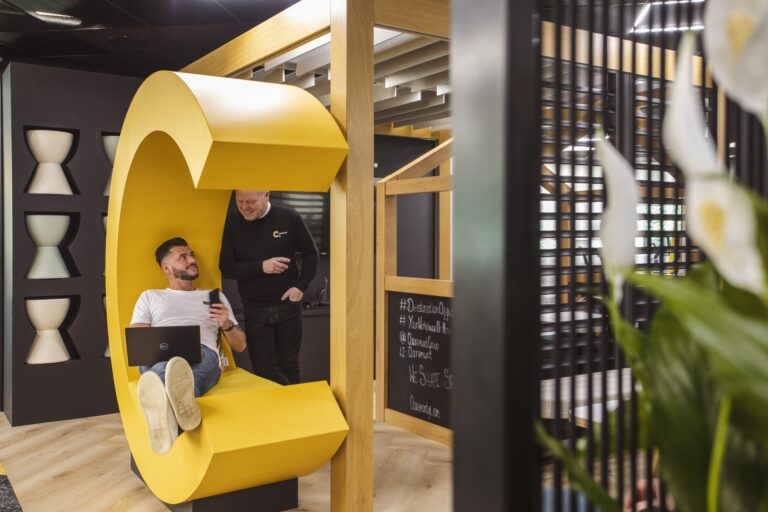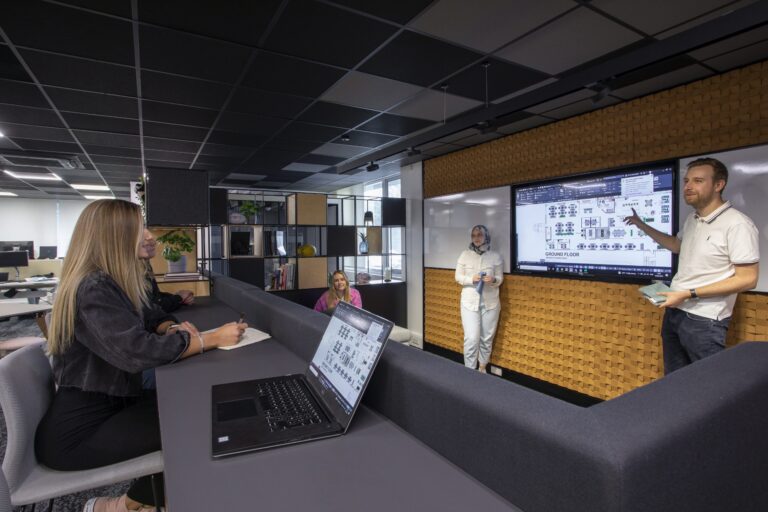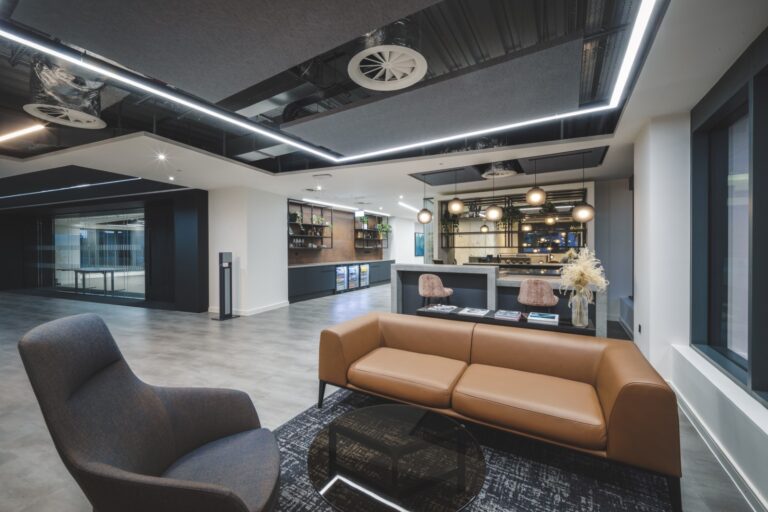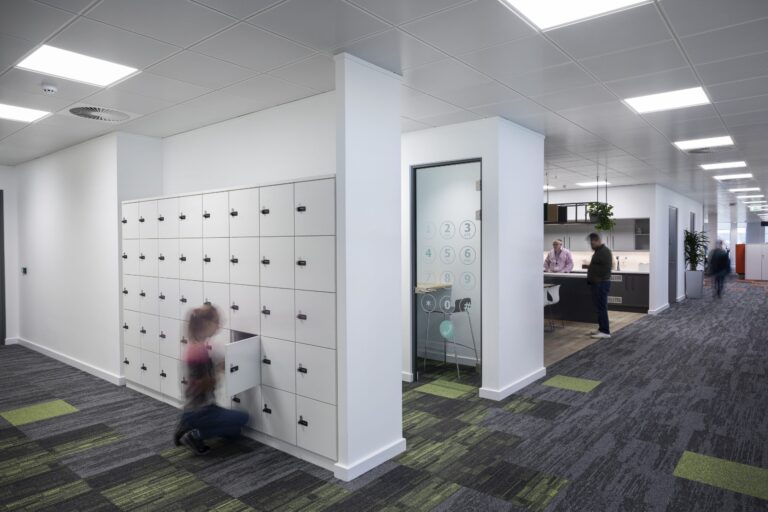
We’re Verified Carbon Neutral!
Date
6 December 2022
Read length
6 min
What do an Amazonian rain forest and a power plant in India have in common? Both are helping our office interior design and fit-out business offset our carbon emissions and make us verified Carbon Neutral.
Sustainability is part of Claremont’s culture and over the last two years we’ve worked hard to deliver on our environmental responsibilities and help our clients do the same.
Our carbon offsetting projects
With the help and guidance of our partners Ecologi, the two projects we’ve invested in allow us to offset the 200 tonnes of carbon associated with our business each year. As both projects are in line with the United Nations’ Sustainable Development Goals, we know that our funds are supporting activities that will deliver the best environmental returns for the planet.
The Indian project involves the treatment of effluent which is created during the production of starch. Organic matter is converted into methane-rich biogas which in turn is used to produce electricity. Without this project, this effluent would be left in open lagoons where the methane, which has more than 80 times the global warming power of carbon dioxide, would leach into the atmosphere.
The project in the Amazon is focused on the protection of rainforest in the Mato Grosso region of Central Brazil, where there is an intense local deforestation movement. The project is protecting more than 70,000 hectares of rainforest and investing in the community of Perseverança Pacutinga by funding and organising technical training, women’s empowerment workshops, wildlife monitoring and more.
A wider commitment to environmental change
Both of these projects will drive positive change in some of the world’s less developed regions of the world while simultaneously compensating for our carbon footprint. But this is only one part of our environmental responsibilities.
More broadly, we have adopted a number of sustainability measures so that our commercial activities have as little impact on the planet as possible. In doing so, we also help our clients by giving them the environmental proof they need that we’re delivering environmentally responsible office interior design and office refurbishment. You can read more about our wider commitment to sustainability here.
Green change can’t wait
Making more sustainable business choices and overhauling our operational practices isn’t a one-off task, it’s an ongoing responsibility. It’s why we’re so committed to being accountable for our impact on the world around us. To paraphrase Greta Thunberg at the World Economic Forum in 2019, we have to act as if the house is on fire, because in environmental terms, it is.
See how we could help with your new office interior design or office design and build project here
Get in touch
We love nothing better than talking all things workplace and design – got a question, potential project or just need some guidance?
Drop us a note…





